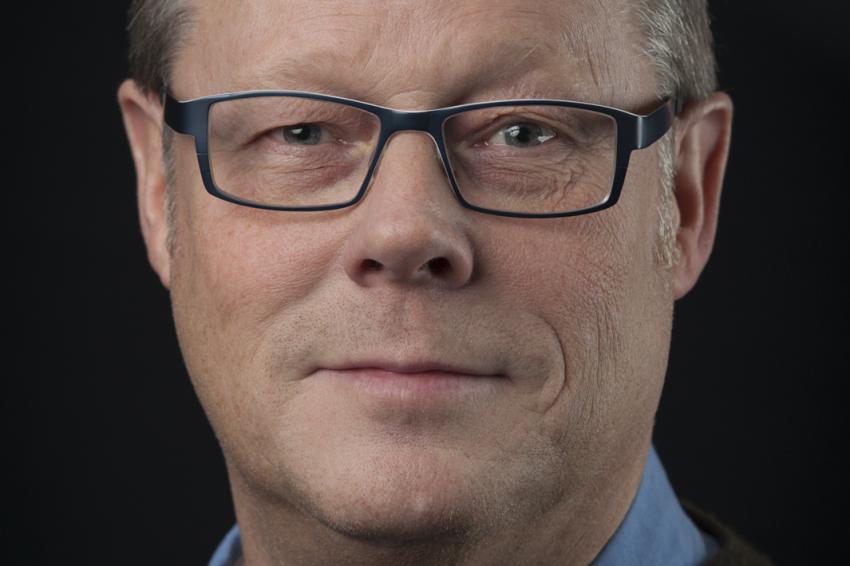The Evolution of ONVIF
Celebrating Ten Years is Not a Standard – it’s Exceptional
ONVIF began in 2008 as a small group of manufacturers collaborating to accelerate the acceptance of systems based on network surveillance cameras. The mission hasn’t changed much, but its application and influence have: ONVIF is now an industry alliance for the physical security industry that calls most of the industry’s major manufacturers as its members. With more than 9,000 ONVIF-conformant products and members on six continents, their specifications for video and access control have also been adopted by the International Electrical Commission, one of the world’s most influential standards organisations. Not bad in ten years.
Like other standards, ONVIF has evolved incrementally and its development, use and acceptance have as well. Global standards, such as those from the International Electrotechnical Commission and Bluetooth as well as manufacturer standards like HDMI have experienced similar ebbs and flows in many of the ways that ONVIF has. Over time, these organisations have expanded the scope of their standards, adopted their approaches to standardisation when needed and have dealt with issues of false conformance, just as ONVIF has.
Building a Foundation
Standards organisations are often initially founded to create a specific kind of benchmark within an industry. ONVIF was founded by Axis, Sony and Bosch to create a global standard for the interface of network cameras and video management systems to offer an alternative to the long since standardised analog CCTV industry. The organisation sought to provide greater freedom of choice so installers and end users can select interoperable products from a variety of different vendors. The founders also hoped to rationalise product development for manufacturers by establishing a basic integration standard, enabling developers to devote resources to product and technology innovation rather than creating multiple APIs for basic integrations between products.
Although members had agreed on how to specify APIs for video, how different manufacturers deployed ONVIF in their products varied. All followed the specification, but there was no agreement on which features to support. For example, a camera manufacturer may have only implemented specific video functions to interact with another manufacturer’s VMS using ONVIF, but that particular VMS supports many additional functions of that camera. So when users of the VMS expected to be able to utilise a specific function in the camera, it was not supported through ONVIF.
The Profile Concept
To address these variations in supported features between manufacturers, ONVIF implemented the Profile concept, which defines groups of individual features and implementation specifics under one umbrella. ONVIF’s first profile, Profile S, was released in 2011 following two years in development. If a product is Profile S conformant, it will always be conformant, regardless of when it was manufactured.
Bluetooth experienced a similar chain of events in 2005. Bluetooth’s newer version of the specification didn’t initially support an older version of the specification and, as a result, conformant devices did not work with newer devices. In response, Bluetooth introduced ‘Headset Profile,’ designed to work regardless of manufacturing date. Once HSP was defined, it wasn’t to be changed. A new profile with a new name was created when future changes were needed – the same profile approach ONVIF employs.
Two years after its founding, ONVIF extended its scope to include access control. Because of the framework established, the group’s scope for standards can include any discipline within the physical security industry and is no longer solely focused on video. ONVIF has continued to use the profile concept to develop and release five additional profiles: Profile G for video storage, Profiles C and A for access control, Profile Q for easy installation and the Release Candidate for Profile T for advanced streaming, due for final release in mid-2018.
Collaboration Between Standards
Standards bodies and the standards they create cannot operate independently. Like many other established standards, ONVIF incorporates into its specifications a number of accepted networking standards – think communications protocols such as HTML, XML, IPv6, SOAP, Web Services – to create a common language for security devices and systems to communicate with one another. Leveraging these existing networking and IT standards enables ONVIF to harness the collective development power of these other standardisation bodies, which are working to continually harden and improve their individual protocols to the benefit of the industry at large.
With the rise in demand for interoperability and the expanding Internet of Things, today’s world demands cooperation and collaboration. The ONVIF specification has been adopted by the international IEC 62676 standard for Video Surveillance Systems, the first international standard for IP-based video surveillance systems, and have been extended to include Electronic Access Control, as well as the newest access control specification of ONVIF. This type of cooperation between standards organisations from different industries, like that of ONVIF and IEC, must continue in order to provide the highest levels of interoperability, which ultimately benefits end users.
The Future
The physical security market is predicted to experience double digit growth in the next three to four years, with research firm MarketsandMarkets projecting the market to top $112 billion by 2021. As more new products enter the market, the demand for interoperability will with no doubt continue to increase, making industry standards increasingly more important to the future of this market in the interconnected world.
Contact
ONVIF
2400 Camino Ramon, Suite 375
CA 94583 San Ramon
California
+1 925 275 6621










